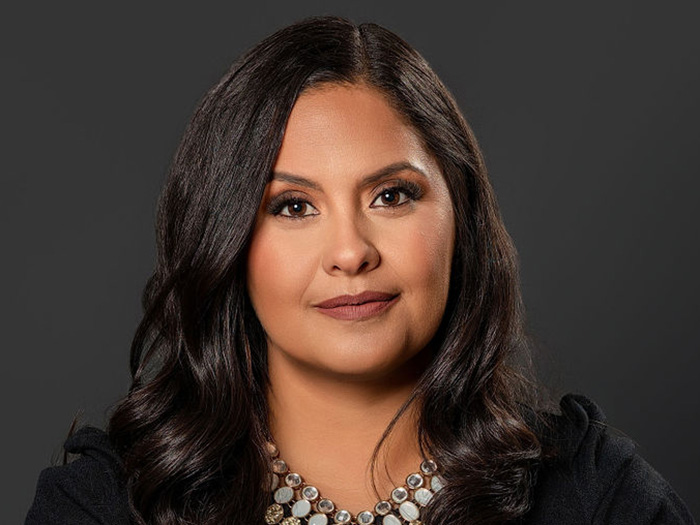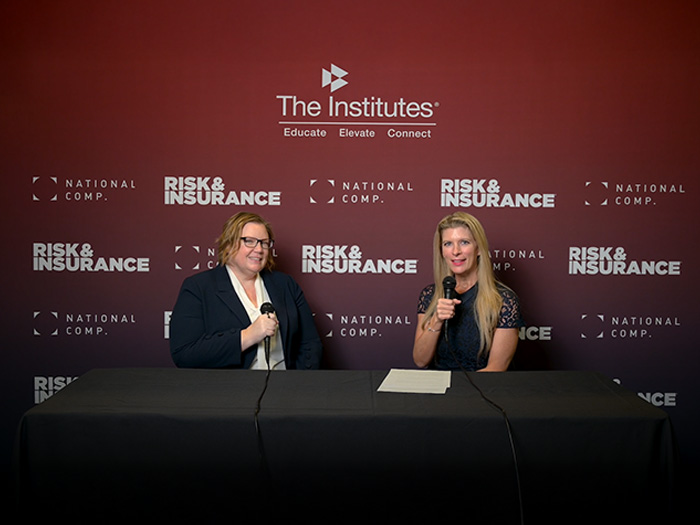U.S. Reinsurance Market Enters Favorable Cycle at Midyear 2025 Renewals

U.S. reinsurance markets experienced a significant shift toward buyer-friendly conditions at midyear 2025 renewals, with abundant capacity driving down pricing and expanding coverage options for insurers with strong loss records, according to Aon’s midyear market analysis.
The reinsurance market’s evolution toward more favorable conditions for buyers accelerated dramatically at the June 1 and July 1 renewal periods, which represent critical renewal dates for the U.S. and Latin America, as well as Australia and New Zealand, according to Aon. For the U.S. and Latin American markets, property catastrophe reinsurance renewals coincide with the start of Atlantic hurricane season.
Despite $60 billion in global insured losses during the first quarter of 2025—the second-highest Q1 total on record, and driven primarily by $40 billion in California wildfire losses—reinsurers demonstrated remarkable resilience and continued appetite for growth, Aon said.
Global reinsurer capital reached new heights, increasing by $5 billion to $720 billion in Q1 2025, with two-thirds of tracked reinsurers achieving double-digit returns on equity. This capital abundance translated directly into competitive market conditions, as traditional reinsurers, insurance-linked securities markets, and new entrants aggressively sought to deploy capacity and capture market share, according to Aon.
The property catastrophe market experienced near 10% growth in global demand, largely driven by U.S. insurers responding to Florida’s Citizens Property Insurance depopulation program, which transferred over 428,000 policies to private insurers from the state’s insurer of last resort in 2024.
Additionally, recent catastrophic events prompted insurers to reassess their natural catastrophe exposure, with wildfire risks receiving particular scrutiny following the Los Angeles fires.
Alternative capital markets contributed significantly to the capacity surge, with catastrophe bond issuance reaching record levels of $16.8 billion in the first half of 2025, Aon noted. The insurance-linked securities market featured the two largest transactions in catastrophe bond history, each exceeding $1.5 billion, while spreads remained stable despite unprecedented growth in outstanding volume, according to the report.
Performance-Based Differentiation Creates Opportunities
While market conditions broadly favored reinsurance buyers, reinsurers adopted increasingly sophisticated approaches to pricing and coverage decisions based on individual insurer performance and loss experience, Aon noted. This differentiation strategy created a bifurcated market where outcomes varied significantly depending on an insurer’s track record and risk profile.
Loss-free property catastrophe placements in the U.S. achieved low double-digit risk-adjusted rate reductions on average, while loss-affected accounts experienced flat-to-increasing pricing.
Florida-based insurers particularly benefited from improved market perception following legislative reforms that addressed legal system abuse, with 2024 hurricanes Milton and Helene performing in line with expectations without the loss development patterns seen in prior years.
The casualty reinsurance market presented more complex dynamics, with stable overall capacity masking significant underlying shifts. While some reinsurers reduced their U.S. casualty market participation due to concerns about nuclear verdicts and adverse development, others expanded their presence, maintaining equilibrium in available capacity, according to the report.
International casualty accounts without U.S. exposures enjoyed rate reductions, while those with U.S. exposures faced reduced reinsurer appetite and higher pricing.
Facultative reinsurance markets demonstrated stark contrasts between property and casualty segments. Property facultative capacity reached abundant levels, creating a buyers’ market with significant price reductions and more flexible terms.
Conversely, casualty facultative markets tightened considerably, with reinsurers reducing capacity and raising pricing thresholds amid growing concerns about nuclear verdicts and litigation trends.
Strategic Positioning for Sustainable Growth
Steve Hofmann, U.S. CEO of Reinsurance Solutions at Aon, said: “The current reinsurance market conditions create opportunities for insurers to address specific issues, or to adjust program structures and coverage to reduce volatility in both property and casualty. This against a backdrop of forging the long-term partnerships that are necessary to drive innovation, new solutions and sustain a stable and robust re/insurance sector.”
Aon’s analysis identified seven key traits of outperforming insurance companies: clear risk appetite definition, speed and agility in market entry, advanced data and analytics capabilities, innovative underwriting techniques, diverse talent acquisition, effective distribution strategies, and analytics-driven capital allocation.
These characteristics enable insurers to capitalize on favorable market conditions while building sustainable competitive advantages, Aon said.
Read more about report here. &










